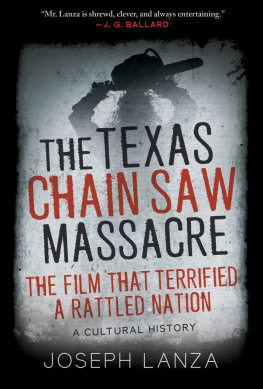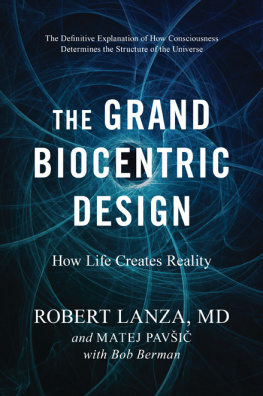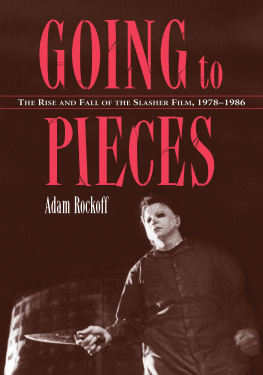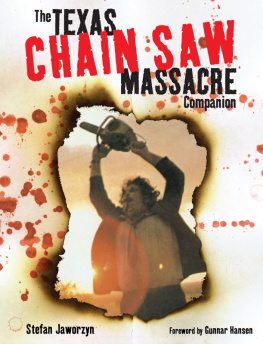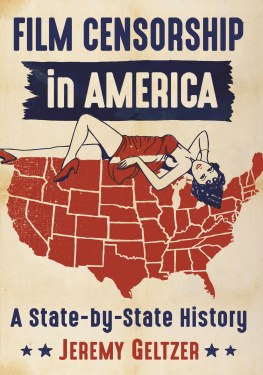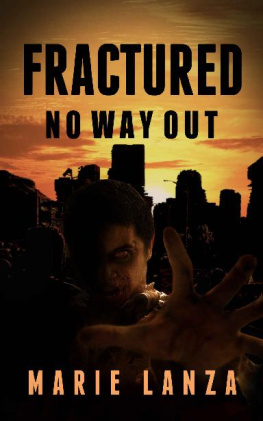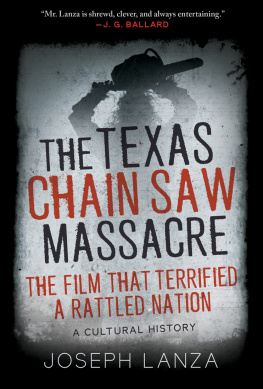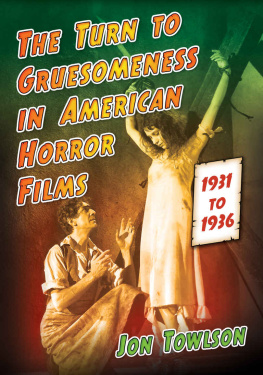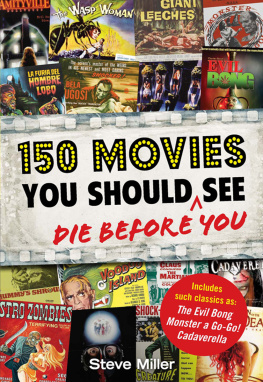
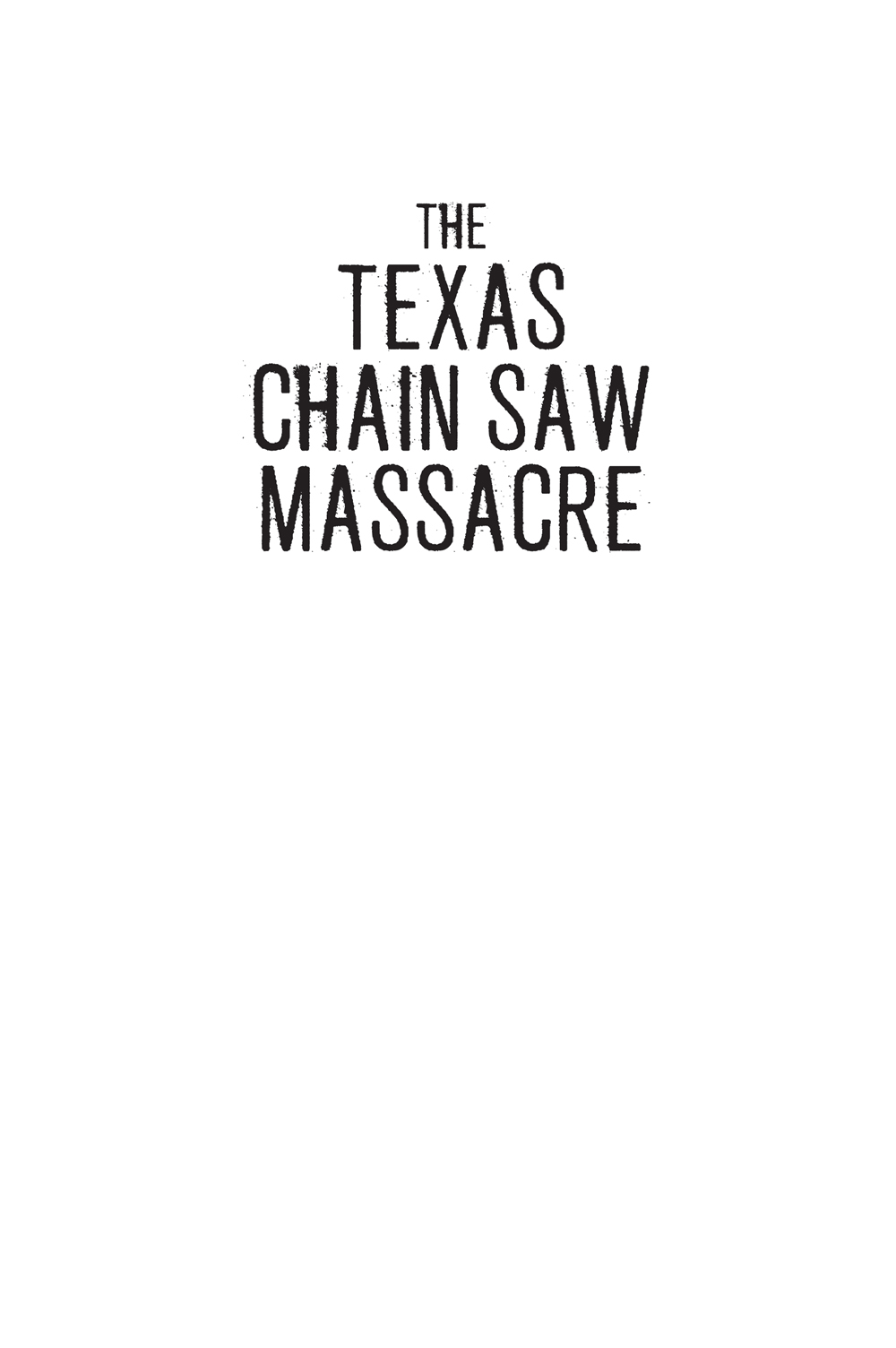
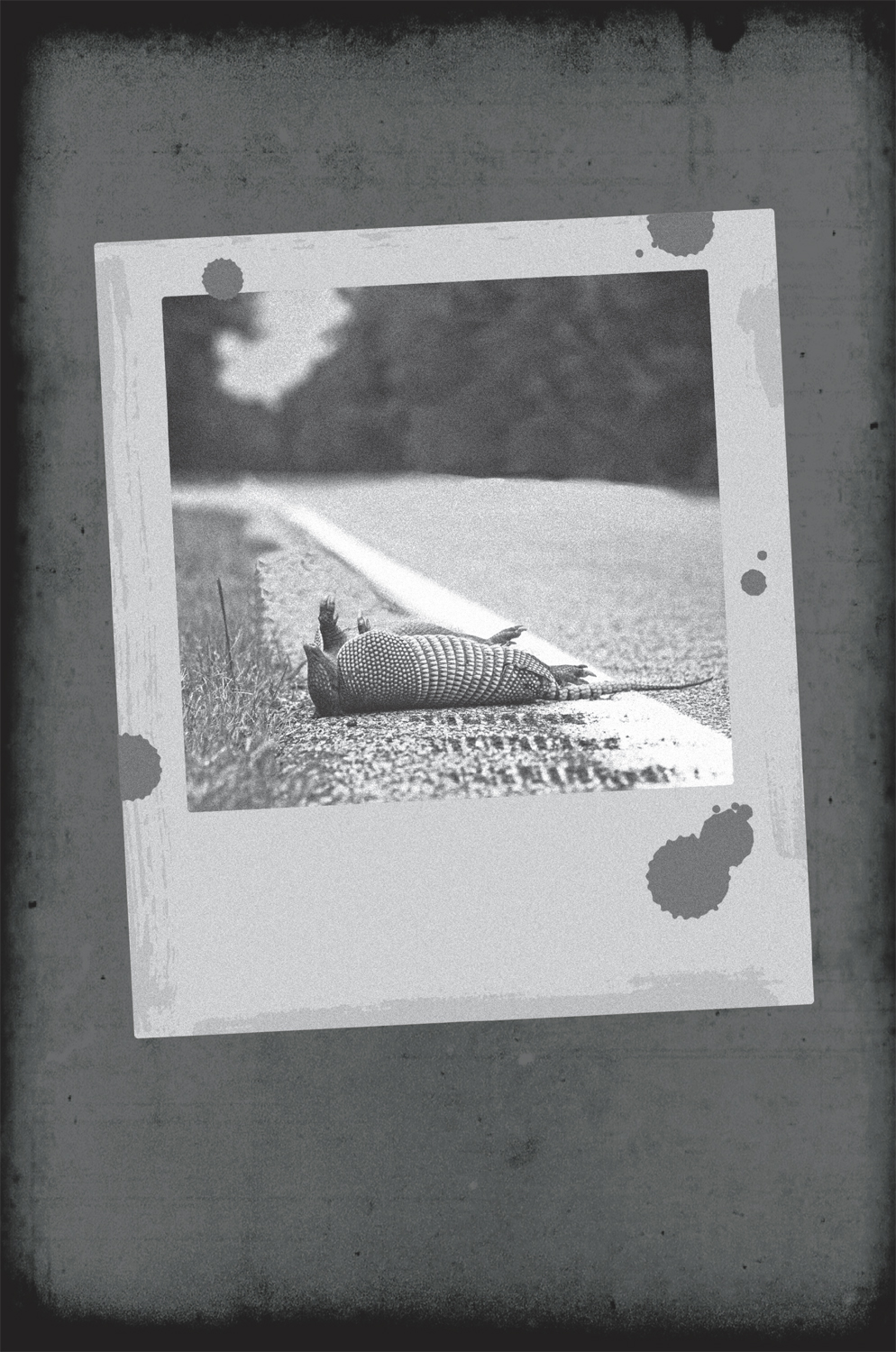
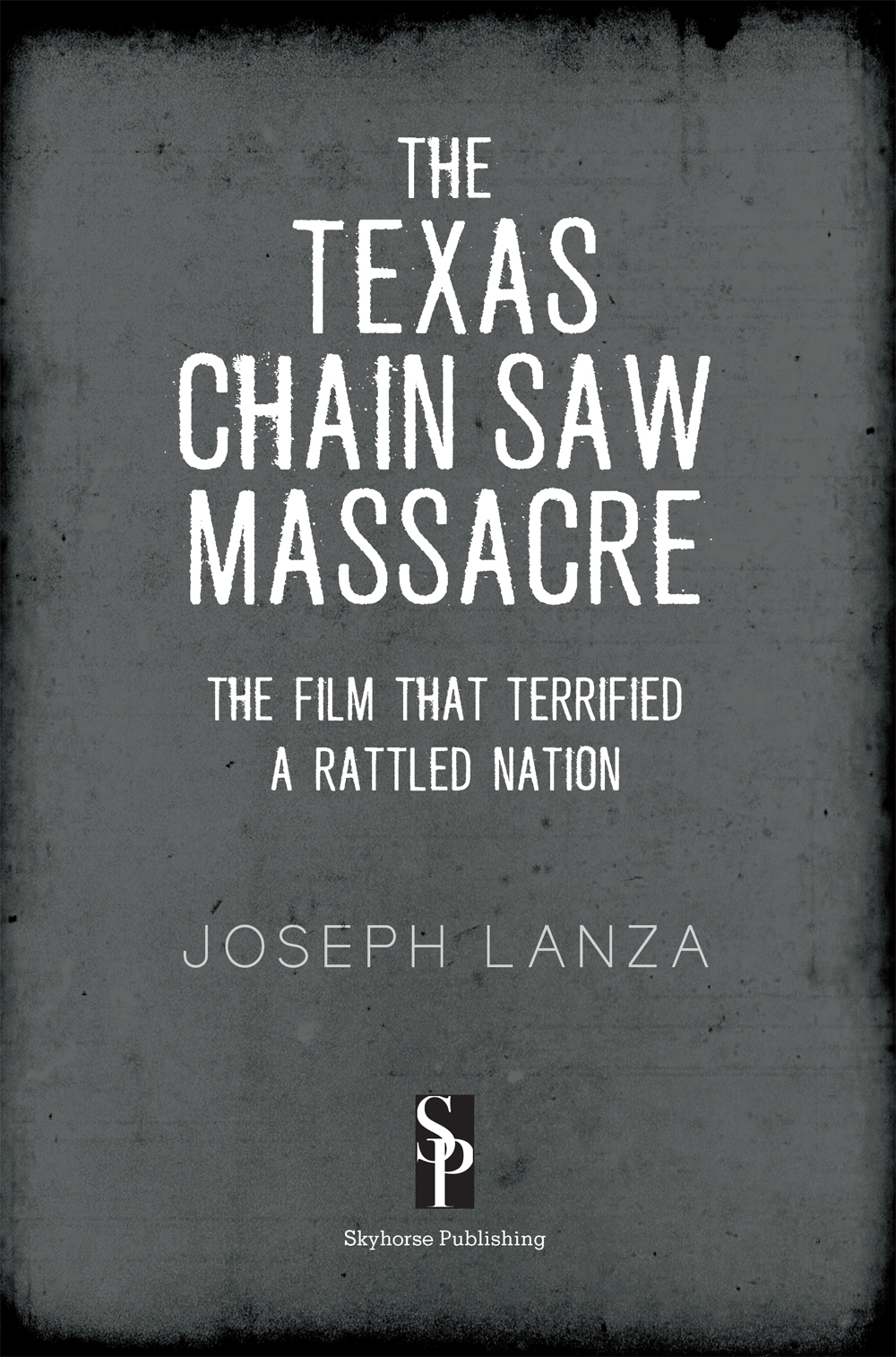
Copyright 2019 by Joseph Lanza
All rights reserved. No part of this book may be reproduced in any manner without the express written consent of the publisher, except in the case of brief excerpts in critical reviews or articles. All inquiries should be addressed to Skyhorse Publishing, 307 West 36th Street, 11th Floor, New York, NY 10018.
Skyhorse Publishing books may be purchased in bulk at special discounts for sales promotion, corporate gifts, fund-raising, or educational purposes. Special editions can also be created to specifications. For details, contact the Special Sales Department, Skyhorse Publishing, 307 West 36th Street, 11th Floor, New York, NY 10018 or .
Skyhorse and Skyhorse Publishing are registered trademarks of Skyhorse Publishing, Inc., a Delaware corporation.
Visit our website at www.skyhorsepublishing.com.
10 9 8 7 6 5 4 3 2 1
Library of Congress Cataloging-in-Publication Data is available on file.
Cover design by Erin Seaward-Hiatt
ISBN: 978-1-5107-3790-7
Ebook ISBN: 978-1-5107-3792-1
Printed in the United States of America
Starring the cast and crew of The Texas Chain Saw Massacre , plus a supporting cast that includes (in alphabetical order)
The Carpenters
Johnny Carson
Alice Cooper
Wes Craven
Paul Ehrlich
Charles Fort
Ed Gein
Patty Hearst
E. Howard Hunt
Henry Kissinger
Elisabeth Kbler-Ross
R.D. Laing
Norman Lear
Linda Lovelace
Martha Mitchell
Richard M. Nixon
Madalyn Murray OHair
The Ray Conniff Singers
Charles A. Reich
Marie Hlne de Rothschild
B.F. Skinner
The Trilateral Commission
Loudon Wainwright III
The Zodiac Killer(s)
For Nicolas Roeg
(19282018)
Special thanks to the University of Texas Press, Louis Black Productions, and Watchmaker Films for essential information on Tobe Hooper and his early work.
From everything thats happened, from the way people act, the threats that have been made, I get the sensation of conspiracy at work. What the nature is, or even the rationale, is a subject I find increasingly fascinating.
from E. Howard Hunts 1973 novel, The Coven
All things merge away into everything else.
Charles Fort, The Book of the Damned
No matter where youre going, its the wrong place.
Tobe Hooper
CONTENTS

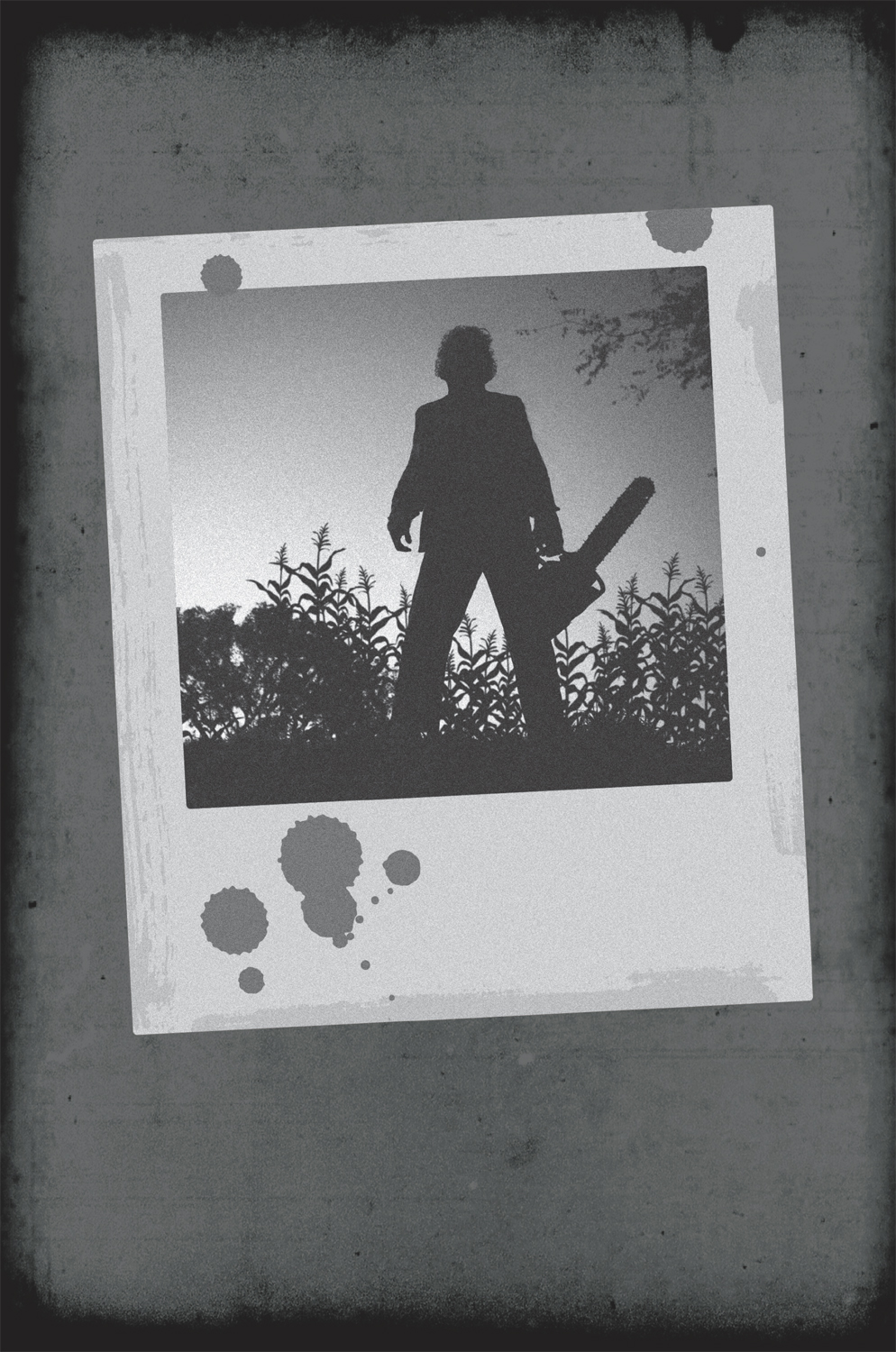
In the early 1970s, before Jaws , Star Wars , Saturday Night Fever , Jimmy Carter, and even the pet rock, America writhed in a pre-disco inferno.
CHAPTER ONE
THE ZEITGEIST BLEW THROUGH
You dont have to look and you dont have to see Cause you can feel it in your olfactory.
D EAD S KUNK , L OUDON W AINWRIGHT III
O ne day in Austin, Texas, during a frantic Christmas shopping season in 1972, Tobe Hooper had an epiphany. He stood in a crowded hardware section of a Montgomery Ward, wary of the holiday spirit, and desperate for an exit. Noticing a bunch of chain saws in an upright display, he fantasized about slicing and dicing his way through the consumer swarm. He repressed his dream of a Yuletide bloodbath, but once he escaped the claustrophobic maw and settled back home, visions of chain saws whirred in his head, setting off a chain reaction of story ideas.
Hoopers muse appeared at a wild time in modern U.S. history. In the early 70s, before Jaws , Star Wars , Saturday Night Fever , Jimmy Carter, and even the pet rock, America writhed in a pre-disco inferno. As he told Texas Monthly in 2004, I went home, sat down, all the channels just tuned in, the zeitgeist blew through, and the whole damn story came to me in what seemed like about thirty seconds. The hitchhiker, the older brother at the gas station, the girl escaping twice, the dinner sequence, people out in the country out of gas.
While Hooper plotted out his narrative, the holiday season of 1972 was already fraught with Hooper-ish gloom. Nixon won his re-election in a landslide the month before, but shadows of scandal stalked him when a grand jury indicted seven of the Watergate burglars months before. Bob Woodward and Carl Bernstein were already on a case that would metastasize, forcing many Americans to perceive their Commander-in-Chief as a mask with two faces: the leader and the liar, the potentate and the scoundrel. Like Hooper in the hardware department, the President grew impatient and sought a violent solution. This time he had an alibi. The North Vietnamese stalled about signing a peace accord, so he ordered the Christmas bombings over Hanoi and Haiphong, with dozens of U.S. airmen becoming casualties, captors, or among the missing.
Also, during the dark December of 1972, the final manned Apollo moon-landing mission returned to Earth as a bittersweet swansong to the space age.
On December 8, United Flight 553 crashed into a residential area near Chicagos Midway Airport, killing Dorothy Hunt, wife to the infamous Watergate player E. Howard Hunt. Mrs. Hunt (involved in OSS and later CIA activities since World War II) was allegedly carrying thousands in cash at the time. Some conspiracy theorists believe the crash was the result of sabotage, and that Mrs. Hunt might have also been aiding her husband in either blackmailing or exposing the president regarding his connections from Watergate and all the way back to the Bay of Pigs fiasco.
Then, on December 23, the otherwise miraculous discovery of sixteen plane crash survivors in the Andes took a macabre twist when they credited their seventy-two-day endurance to cannibalism. It seems that Hoopers Chain Saw storyline was writing itself, drawing from events and moods in America and sometimes from around the globe. Occasions formed confluences with other occasions: social, political, and personal themes that would make The Texas Chain Saw Massacre more than just a movie.
With his collaborator Kim Henkel, Hooper planned a post-60s version of Hansel and Gretel: lost but blindly optimistic young people wandering into strange places that waited to gobble them up. But instead of gingerbread houses or old-fashioned witches, they looked to grislier serial killers, people like Ed Geinthe Wisconsin ghoul who (though credited with only two official murders) dug up graves to make clothing and furniture from the corpses. Hitchcock had already invoked Gein in Psycho (with other films to follow), but Hooper and Henkel knew they had to compete with the standards already laid out by George Romeros Night of the Living Dead and Wes Cravens The Last House on the Left .
In January of 1973, shortly after his second inauguration, Nixon announced on radio and television that he and Henry Kissinger devised a plan for peace with honor to end the Vietnam War. The speech was short, to the point, and shocking to many in the press who expected something direr. Despite cynicism from media talking heads, this proved to be Nixons final presidential power play, the last moment for the President to save face before a deluge of dirt started leaking from the Oval Office and onto newsprint.
Next page
